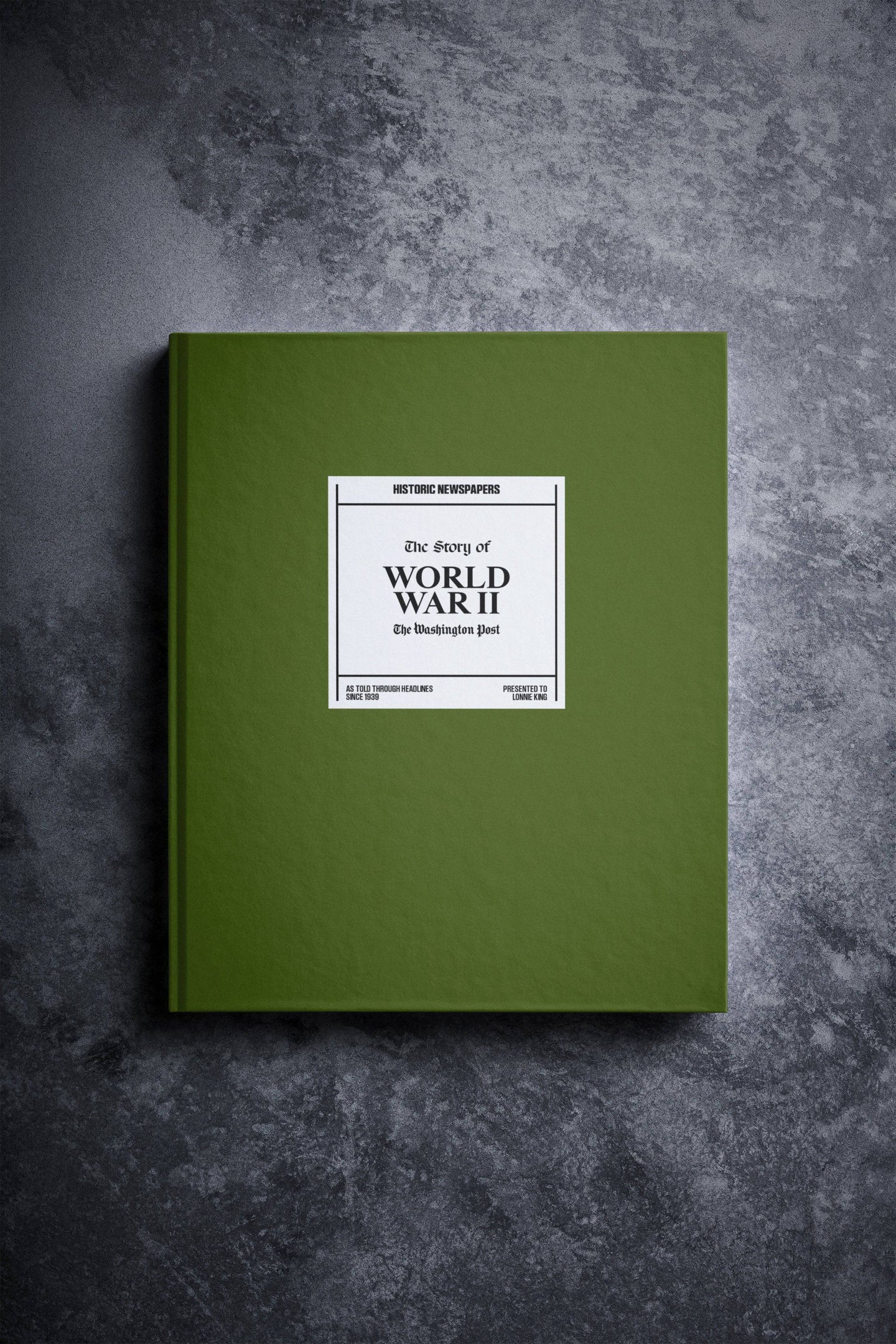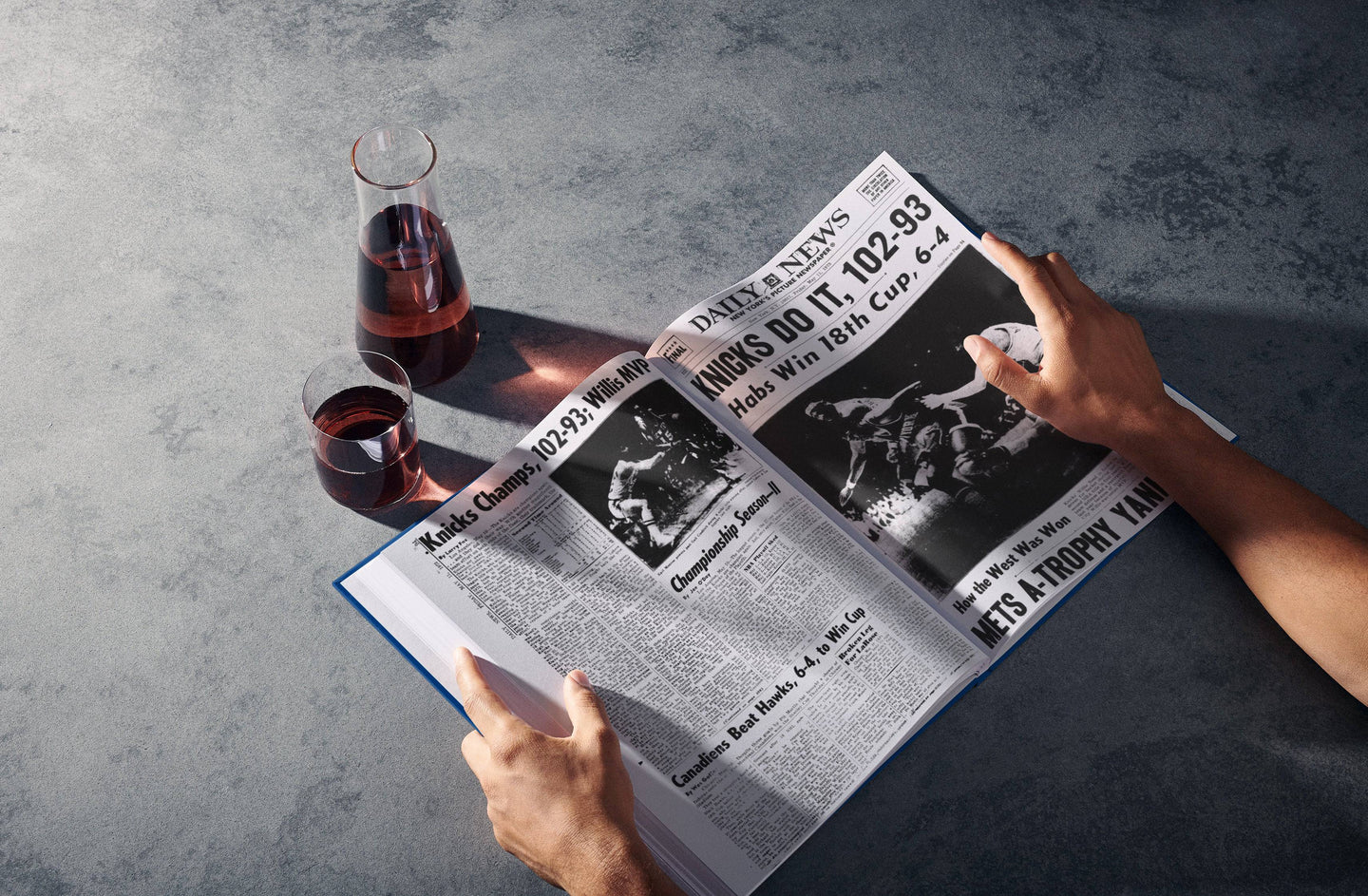The Financial Times newspaper is part of The Financial Times Group, and is overseen by the media organisation Nikkei Inc. It is printed Monday-Saturday in broadsheet format and as of December 2008, it has an average worldwide daily circulation of 435,319. The newspaper is printed at London and Leeds in the UK, plus a further 22 locations throughout the world. It is available in 140 countries, with correspondents in 55 of those and two thirds of its circulation is outside the UK. The Financial Times is firmly grounded as one of the world’s leading sources of business information, particularly within European financial information, and is second only to the Wall Street Journal.
The newspaper had a great impact on financial policies on the government, bringing together the latest financial information and opinions. To read an old copy of the newspaper from the date of your choice, search our Financial Times archive.

History of the Financial Times
Politically, the Financial Times takes a centrist stance- it advocates free markets and favours globalisation. The motto of the Financial Times is “Without fear and without favour”. However, the Financial Times issued a reserved endorsement of the Conservative Party on 4th May 2010 after supporting the Labour Party at the previous four General Elections. Typically, the Financial Times aligns itself with liberal conservatism and economic liberalism.
The forerunner of the Financial Times was the London Financial Guide, which was founded on 9 January 1888. It was re-launched as The Financial Times on 13th February 1888 – “The friend of the Honest Financier and the Respectable Broker”.
The first pink issue of the Financial Times was printed on 2nd January 1893, distinguishing the Financial Times from its rival the Financial News. The Financial News pre-dated the Financial Times by 4 years, having been founded on 23rd January 1884. The Financial Times of 4th January 1993 was famously printed in white to celebrate the 100th anniversary of the first pink issue. The newspaper is typically published in two sections, the first focusing on international and national news, with the second covering company and market news.
In 1919, the Financial Times was acquired by the newspaper publishers William and Gomer Berry (later Viscount Camrose and Viscount Kemsley). The Berry brothers split their newspaper holdings in 1937 – William Berry (1st Viscount Camrose) retained the Financial Times and the Daily Telegraph, whilst Gomer Berry (1st Viscount Kemsley) formed the Kemsley newspaper group including The Sunday Times, the Sunday Graphic and Daily Sketch.
The Financial Times was bought by Brendan Bracken, Chairman of the Financial News in 1945. Brendan Bracken subsequently merged the two newspapers on 1st October 1945. As the Financial Times had traditionally sold a higher number of copies, the merged newspaper kept the Financial Times name and format. Subsequent editions would continue to be printed on pink paper.
The Pearson Group acquired Financial Times Limited in 1957, which included the 50% share in The Economist magazine the Financial Times had inherited from the Financial News. The Pearson Group later went on to purchase the publisher Longman in 1968 (now published under Pearson Education) and the Penguin Group in 1971.
The influence of the Financial Times in government has been huge, particularly since one of their education correspondents, Andrew Adonis, became an adviser to the former prime minister Tony Blair. He later gained a job as an education minister and a seat in the House of Lords following the election of 2005. Nikkei Inc., a media organisation focusing on newspaper publishing, purchased the Financial Times Group from Pearson in 2015. They intend to “advance its global and digital growth strategy.” (Nikkei, Inc.)

Other Versions of the Financial Times
The first foreign copies of Financial Times were printed in Frankfurt, with the launch of the European edition of the newspaper on 1st January 1979. The US edition was launched in 1997, and by 1998, the Financial Times had begun to sell more copies abroad than in the UK. The newspaper was the first based in the UK to sell more copies abroad than in the country. An Asia-Pacific edition of the newspaper was introduced in 2003, as the publication continued to expand. The Financial Times has firmly been established as a worldwide newspaper, since it now prints in 23 different locations. The newspaper has also created a network of correspondents who report from abroad, which helps the paper commit to its favourable views on globalisation.
The How to Spend it magazine was first supplied with the Financial Times newspaper as a quarterly magazine on Saturday 19th November 1994. It is now printed monthly on the first Saturday of each month. Occasionally, bonus issues are published on a Friday. In addition, special themed issues of the How to Spend it magazine occasionally appear on a Saturday – A Passion for Fashion, Superior Interiors, Travel Unravelled and the annual Christmas Unwrapped. A weekly magazine has also been supplied with the newspaper every Saturday since the launch of the Financial Times Magazine on 26th April 2003.
Financial Times Limited also has a specialist unit, FT Business, which publishes the Investors Chronicle, The Banker, Money Management and Financial Adviser magazines. However, these magazines are sold separately and are not part of the Financial Times newspaper.
The current main regular weekday supplement in the Financial Times newspaper is the Companies & Markets broadsheet newspaper supplement, which appears every Monday to Friday. In addition, each Monday the FTfm tabloid newspaper section provides a weekly review of the fund management industry. The Appointments broadsheet newspaper section appears each Thursday. Special Reports are often provided with the newspaper as well.
The Saturday edition of the newspaper was refreshed on 26th April 2008 with the Saturday Companies & Markets section merged into the main newspaper, whilst the weekly Life & Arts, House & Home and Money newspaper sections were redesigned. The weekly Financial Times magazine was re-named the FT Weekend Magazine. However, the monthly How to Spend it magazine and its special issues continue to appear as before.


























Follow us